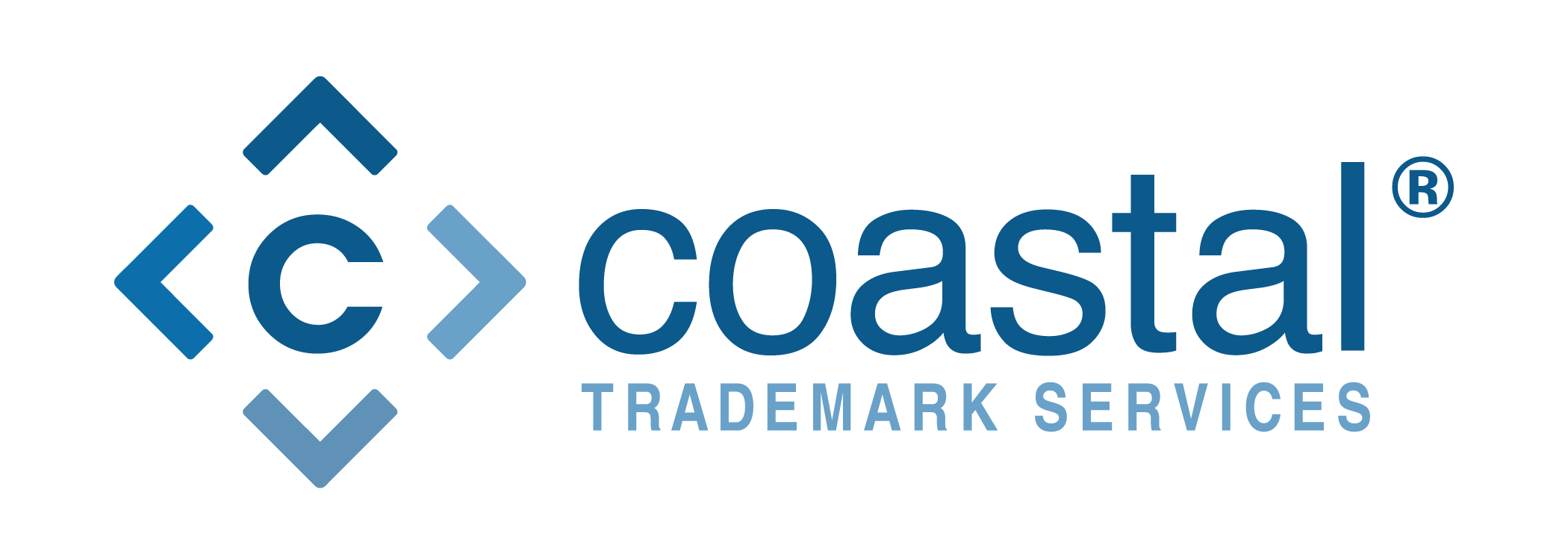
Now is the time when many of us are making goals and plans for the coming year, both on a personal level and in our businesses. In the course of developing your business objectives, it would be a good idea to consider a trademark audit.
A trademark audit involves a review of your trademarks and existing applications and registrations to take stock of your assets as well as identify any vulnerabilities or deficiencies in protection. A trademark audit should be conducted on a regular basis – once a year at a minimum for most brand owners. The following are just some of the reasons to conduct a trademark audit.
1) Identify new trademarks
Have you recently adopted a new name, logo or tagline? If so, it may be prudent to file applications to protect the new marks. Are you in the process of re-branding? Trademark clearance searches should be conducted to identify potential obstacles and risks associated with any new marks under consideration.
2) Identify gaps in trademark protection
Do you currently have applications or registrations for all of your important trademarks? You may have already protected your primary brand with a word mark, but are you using a distinctive logo, tagline or product name that also needs protection?
Do your current registrations cover all of the goods and services that you provide in association with the trademark(s)? Business focuses change over the years. You may think the trademark registration you obtained years ago is sufficient because your trademark hasn’t changed. However, if your products and/or services have changed or expanded, there is a good chance that your existing registration is not giving you the protection you need. You may need to consider filing a new application or expanding your existing registration to cover the new products and services.
Do you have registrations in all of the countries in which you do business? Many businesses disregard the importance of registering their trademarks in other countries, or put off foreign applications for budgetary reasons. Doing so may force you to deal with disputes in foreign countries that are extremely costly and time consuming and/or may require you to re-brand in certain parts of the world. If you are doing business or planning to do business on an international scale, now is the time to consider an international trademark strategy.
3) Identify vulnerabilities in your existing applications and registrations
Did you file your own trademark application? Some people try to save money by filing their own trademark application rather than using a registered Trademark Agent. While you can obtain a registration this way, you may not realize until it is too late that mistakes were made at the time of filing that left the registration at risk of being invalidated. Now is a good time to have a Trademark Agent review your applications and registrations to identify any vulnerabilities, and implement a plan to correct them.
Are your trademarks still in use? Trademarks become vulnerable to expungement if they are not used for a period of 3 or more years. If you have registrations that you would like to maintain but that you are not currently using, find a way to incorporate the marks into your product packaging (for goods) or marketing materials (for services).
Have you made changes to trademarks that you have already registered? As a general rule, trademarks should be used exactly as registered or the registration will become vulnerable to expungement. If you have made any modifications to your trademark, including addition or removal of words or adjustments to the design or the layout of the mark, it is a good idea to consult with your Trademark Agent to determine whether a new application is appropriate.
Do you have documentary evidence of trademark use? If it comes time to defend or enforce your trademark rights, you will want to be able to produce documentary evidence supporting your trademark use dating back to the date of first use. If you are unsure what qualifies as suitable evidence, a Trademark Agent can advise you.
4) Update Ownership and Contact Information
Have you moved or changed your corporate name? Name and address changes should be recorded at the various trademark offices where you have applications and registrations. It is also important for your Trademark Agent to have your current contact information to avoid missed deadlines and inadvertent loss of rights.
Has the owner of the trademark changed? It is always a good idea to document any transfers of ownership with formal assignment documents. Assignments should also be recorded at the relevant trademark offices.
Do you have a designated point person for trademark matters within your company? Due to changes in personnel, the person who originally dealt with trademark matters may no longer be with your company, leaving you in the dark about your existing rights and what deadlines may be coming up. Designate a new point person and have that individual reach out to your Trademark Agent. Your Agent can provide an updated status report and advise on any upcoming deadlines and outstanding issues.
In addition to the above, a thorough trademark audit should incorporate the following:
– monitoring for infringement and taking appropriate steps to stop infringers
– reviewing existing license agreements to ensure they are up to date and in order
– following up with licensees to confirm they are using the marks as authorized and meeting designated quality control standards
If it has been a while since you last audited your trademark portfolio, now is the time to reach out to your Trademark Agent.
